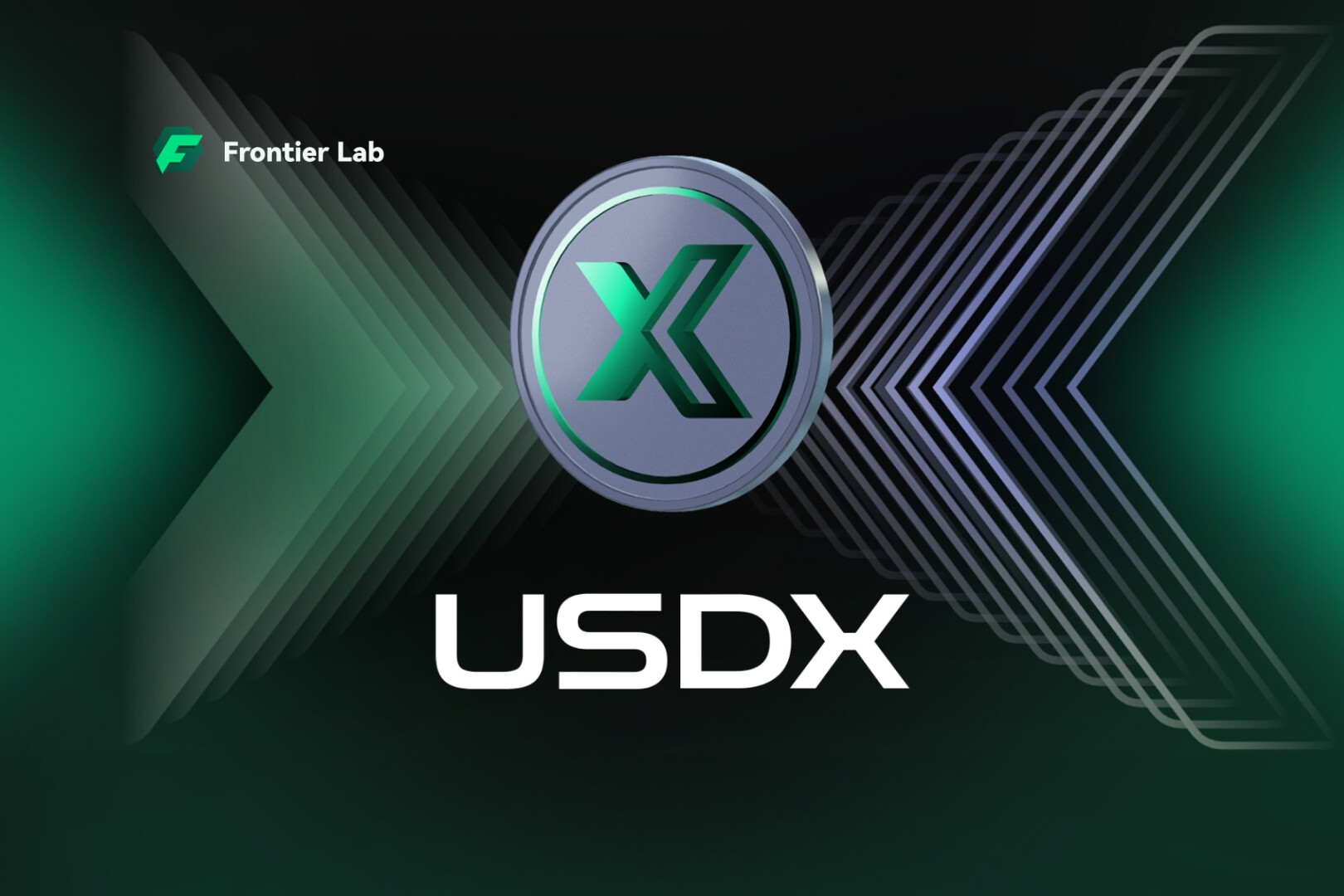Escalating geopolitical tensions in East Asia: A structural growth cycle for stablecoins, RWA, and on-chain yields.
TL;DR:
East Asia will enter a period of high geopolitical uncertainty over the next 3-5 years: US-China competition, Japanese arms race, and supply chain relocation could all lead to tighter capital flows and regional financial risks. This will directly accelerate three things related to Web3:
- Demand for stablecoins is rising.
- Businesses and individuals are increasingly relying on "digital dollars" to hedge against risks.
- RWA (On-Chain Government Bonds) Becomes a Key Global Asset
- It is highly liquid, transparent, and secure, making it suitable for cross-border use.
- Cross-border funds rely more on on-chain channels
- It is not restricted by the banking system and is available globally.
Impact on each type of participant:
- Entrepreneurs: Build products that are resilient to risks across regions, auditable, and compliant.
- Institutions: Increase on-chain low-risk, high-yield assets (T-Bills / Credit).
- For ordinary users: Allocate a moderate amount of stablecoins and on-chain government bonds to improve personal financial security.
In this era, the world needs a neutral, secure, and transparent on-chain revenue gateway.
This is precisely R2's role: to provide long-term, stable, real RWA revenue for any product and any user.
Foreword:
In recent years, the geopolitical landscape of East Asia has been undergoing profound changes. The restructuring of global supply chains, intensified technological competition, and escalating military and security tensions have ushered in a period of greater uncertainty for the region.
Geopolitical shifts will not only impact traditional finance, but will also profoundly shape the development paths of Web3, stablecoins, RWA, cross-border payments, and on-chain dollar revenue infrastructure in the coming years.
As an infrastructure project that has long focused on "real yield" and "cross-chain USD asset allocation", R2 hopes to conduct a systematic analysis of the impact of this trend on the industry from an objective and neutral perspective.
I. The geopolitical landscape of East Asia is entering a "highly sensitive period".
From the perspective of international relations, the changes in East Asia are mainly reflected in three aspects:
1. The strategic competition between China and the United States is protracted.
This is not a short-term conflict, but a long-term structural one:
- Technological decoupling (chips, cloud, AI)
- Supply chain migration (semiconductors, electronics manufacturing)
- Financial sanctions and the spillover effects of the dollar system
This trend will continue for at least 5–10 years.
2. Changes in the military policies of Japan, South Korea, and Australia
- Increased military spending
- Security regulations adjustment
- Closer cooperation with the United States on regional security
This has increased policy uncertainty in East Asia.
3. Global supply chains are beginning to "de-single-sector"
Key supply chains such as manufacturing, energy, and food are being decentralized to:
- Southeast Asia
- India
- middle East
- Latin America
This will have a huge impact on Web3, as it will make on-chain capital flows more active.
II. How do geopolitical risks affect the crypto industry?
1. Global demand for stablecoins continues to rise.
During periods of economic or geopolitical uncertainty, demand for stablecoins as "digital dollars" tends to increase across regions.
- Avoiding local currency fluctuations
- cross-border settlement
- As a store of value
- Used for corporate cash pool management
East Asian businesses and residents, in particular, are becoming increasingly reliant on USDT/USDC.
2. RWA and on-chain government bonds may become "key assets".
U.S. Treasury bonds remain the safest and most liquid asset globally. However, for many countries, institutions, or individuals, direct access to the U.S. financial system includes:
- Regulatory threshold
- Flow restrictions
- Compliance complexity
Therefore, "on-chain government bonds and credit yields" are becoming one of the best options for global funds:
- Highly liquid products (T+0 to T+1 redeemable, such as VanEck VBILL)
- Risk Transparency
- Suitable for cross-border scenarios
- It does not rely on the local financial system to operate.
This is the fundamental reason why the RWA track will explode in 2024–2025.
3. Cross-border capital flows will rely more on on-chain technology.
If regional tensions escalate:
- Cross-border bank clearing slows down
- Exporting companies face settlement risks
- Capital flow regulation is being strengthened.
At that time, businesses and high-net-worth individuals will rely more on:
- On-chain USD
- On-chain yield products
- Regionally independent global financial instruments
Web3 here is not for speculation, but rather a "cross-border capital pipeline".
4. Web3 infrastructure requires "multi-regional redundancy".
Public blockchains, oracles, centralized exchanges (CEXs), wallets, and other infrastructure will have to:
- Multi-regional deployment (to avoid risks associated with a single country)
- Decentralized architecture upgrade
- Operating in multiple jurisdictions
This is good for the long-term healthy development of the industry.
III. In the long term: Geopolitical risks will drive the overall development of the RWA & Real Yield ecosystem.
1. All global assets will be digitized, verifiable, and transferable across blockchains.
- T-Bills
- Corporate Credit
- MMF
- Future expansion could include: gold, stock shares, and bond baskets.
This will spur a new generation of on-chain "yield layers," helping users worldwide access the real yield market.
2. Wallets, CEXs, and Fintech will become the mainstream entry points.
In times of uncertainty, users are more concerned with:
- Is it safe?
- Is it transparent?
- Is there any real benefit?
- Can I exit quickly?
This will encourage more institutions to integrate RWA products with their wallets.
3. Regulation will gradually form a global consensus.
The United States, the European Union, Hong Kong, and Singapore are all pushing for this:
- Compliant stablecoins
- RWA Compliance
- Transparent Hosting
- On-chain audit
In the next 2–3 years, this will become the most important compliance direction for Web3.
IV. Significance for entrepreneurs, institutions, and users
The uncertainty of the geopolitical landscape does not imply pessimism. On the contrary, it will drive the entire Web3 industry from "speculative-driven" to "structural demand-driven." Different participants will therefore have different windows of opportunity.
1. For entrepreneurs: Building cross-cycle products and a global architecture
Future entrepreneurs will need to have a stronger sense of "antifragility" than ever before.
(1) The product must have the ability to withstand risks across regions.
- Regulatory oversight, financial controls, or fluctuations in network or cloud services in a single region can all lead to disruptions in Web3 products.
- Therefore, the product must be able to operate normally in multiple regions, including:
- Multi-region nodes
- Deployment in multiple jurisdictions
- Multi-hosting, multi-data source design
- Hybrid architecture of decentralized and centralized
(2) Compliance capability will become a threshold rather than an obstacle.
In an uncertain era:
- wallet
- CEX
- Fintech
- Banks/Custody Institutions
Everyone wants to ensure the long-term viability of collaborative projects and avoid compliance risks. Entrepreneurs will need to do the following in the future:
- The product structure is auditable and explainable.
- Assets are fully verifiable
- Transparent hosting
- Complete Anti-Money Laundering (AML) Process
(3) Avoid tying your business to a single country or a single narrative.
- Not dependent on a single regulatory environment
- Not dependent on a single user group
- Not dependent on a single payment or financial system
- Not dependent on a single political and economic cycle
2. For institutional investors: Building more diversified, transparent, and redeemable asset portfolios.
Regional uncertainty has a more direct impact on traditional investment institutions.
(1) Geopolitical risk hedging will become a "constant" in institutional investment portfolios.
Institutions will pay more attention to:
- Stable income
- Redeemable liquidity
- Regional decentralization
- Asset pools not reliant on a single country
On-chain US Treasury bonds, on-chain MMFs, and on-chain credit assets will therefore become new allocation tools.
(2) Increase on-chain low-risk, high-yield assets (Tokenized T-Bills / Credit)
The appeal of these assets lies in:
- Stable and transparent returns
- Custodian compliance
- Can be transferred across regions
- No need to enter the traditional U.S. account system
- More suitable for investment restrictions in different countries
Compared to Crypto's native products, on-chain US Treasury bonds offer lower and more controllable risk exposure.
(3) Multiple custody and multiple sources of liquidity will become the mainstream demand.
In the future, institutions will not only trust:
- standalone bank
- standalone custodian
- Separate national regulation
They will require:
- Multi-managed architecture
- Multi-asset manager
- Multi-chain deployment
- Multi-region availability
- Real-time on-chain auditing
The transparency of on-chain finance perfectly matches this need.
3. For ordinary users: Enhance personal "financial resilience"
In an era of geopolitical and economic uncertainty, the core goal for ordinary users is:
Protect purchasing power, enhance asset liquidity, and reduce risks in a single region.
The following are the specific actionable directions:
(1) Holding some stablecoins (USDT / USDC / compliant stablecoins)
reason:
- Combating local currency devaluation
- Facilitate cross-border payments
- Access to global financial markets at any time
- Real earnings can be obtained on the blockchain.
- Not dependent on bank opening hours
This is not "speculation," but rather "the globalization of personal finance."
(2) Holding some on-chain global assets (such as Tokenized T-Bills)
Benefits of on-chain government bonds:
- Stable returns
- Extremely low risk (backed by the U.S. Treasury Department)
- Redemption is possible on T+0 or T+1.
- Closest to cash equivalent
- Suitable as the "core holding" of a personal asset portfolio.
In an era of uncertainty, the most important thing is "certain assets".
(3) Avoid placing all assets in a single country or a single banking system.
include:
- Domestic banks
- Single-region stocks
- Single-chain assets
- Single Exchange
- Single fiat currency deposit
A better strategy is:
- Assets in multiple regions
- Multi-asset class
- Partially on-chain, partially off-chain
- It is liquid, can be moved at any time, and can be redeemed at any time.
The integration of blockchain with traditional systems constitutes a person's "global financial insurance".
V. R2's Positioning: Providing Certainty in an Uncertain Era
R2's mission is to build a global on-chain yield layer.
To enable users worldwide, regardless of their location, to:
- Entering the global government bond and institutional credit yield market
- Enjoy transparent and verifiable on-chain assets
- Obtain stable, secure, and long-term dollar returns.
- Easily integrate with wallets, CEXs, and Fintech.
- Medium to high liquidity
R2 is integrated:
- VanEck VBILL (T-Bills)
- Apollo Acred (Private Credit)
- Products from organizations such as Securitize and Fasanara
- Complete on-chain revenue loop (sR2USD / sR2USD+)
We believe that the more drastic the geopolitical changes, the more urgently the world needs a stable, neutral, and transparent on-chain revenue entry point.
R2 will continue to play this infrastructure role, providing long-term value to Web3 and Web2 users.
- 核心观点:东亚地缘风险将加速Web3金融应用发展。
- 关键要素:
- 稳定币需求因避险情绪上升。
- 链上国债成为关键跨境资产。
- 资金流动更依赖链上渠道。
- 市场影响:推动RWA与稳定币市场扩张。
- 时效性标注:中期影响。



